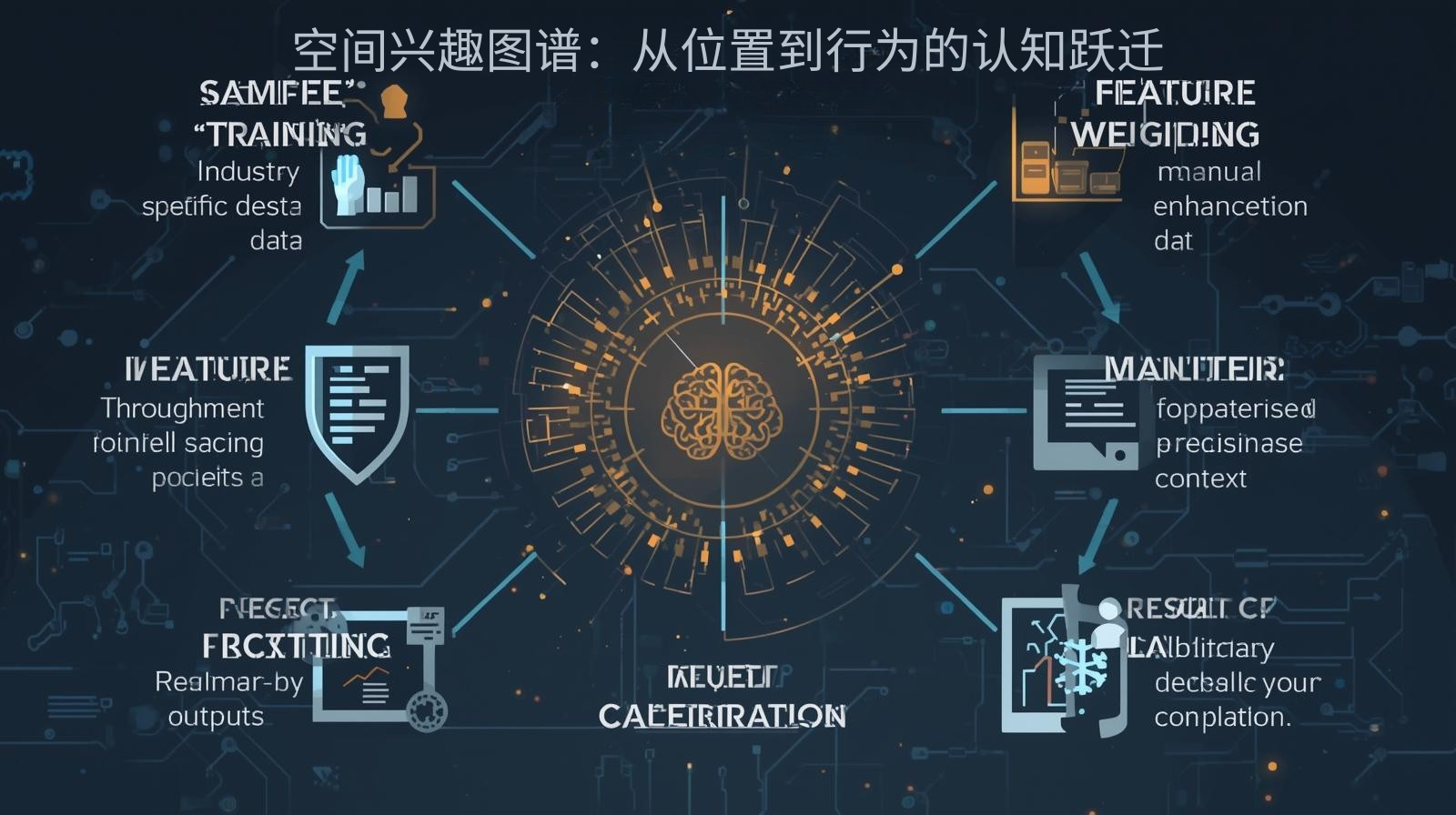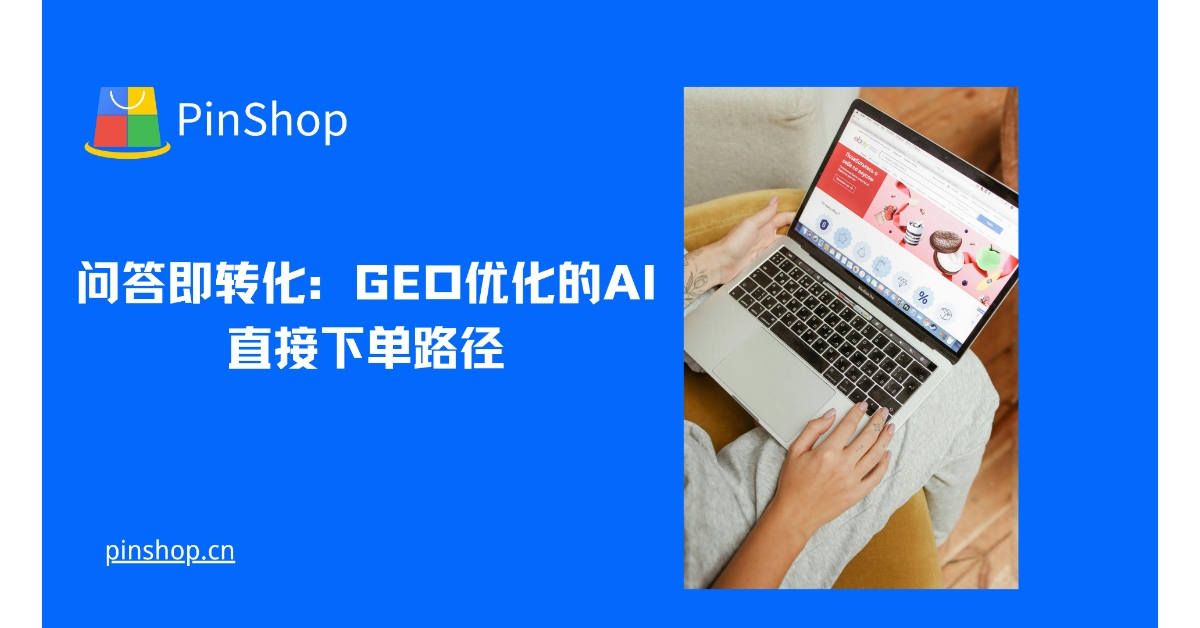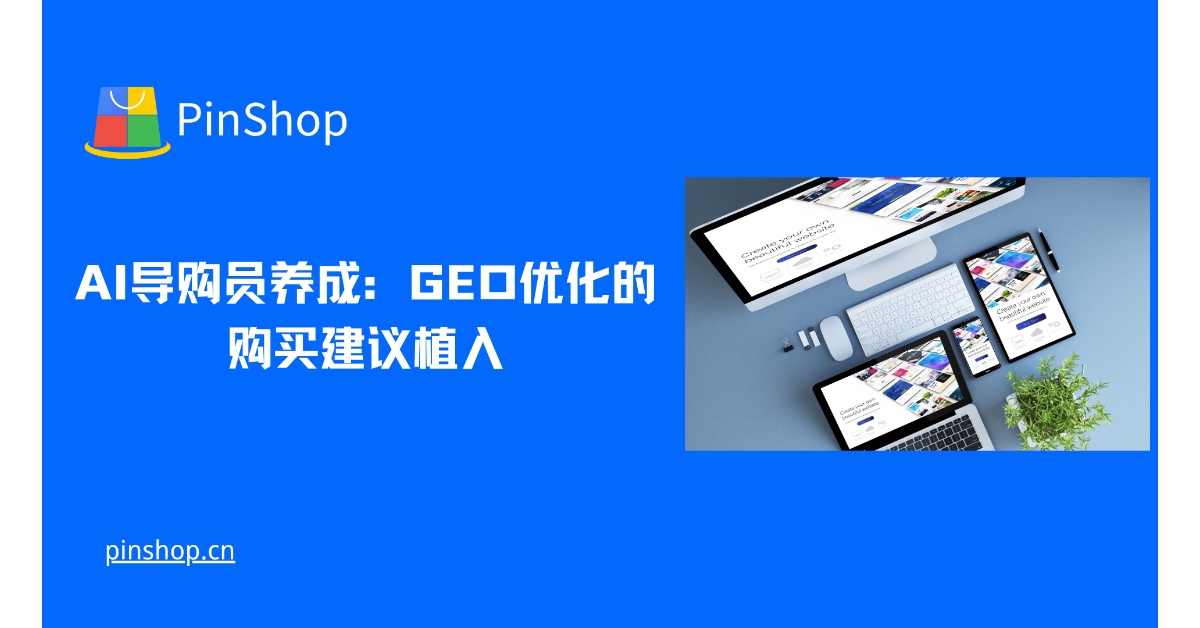With algorithmic recommendations now accounting for 70% of user decision-making, the traffic ceiling for traditional GEO optimization strategies is increasingly exhausted. Data shows that companies using recommendation engine optimization technology can achieve 45%-65% of their traffic coming from system recommendations, with user acquisition costs only one-third of those from search channels. This article will systematically analyze five cognitive upgrade paths from passive search to proactive recommendation, reconstructing your traffic acquisition mindset.
 Spatial Interest Mapping: A Cognitive Leap from Location to Behavior
Spatial Interest Mapping: A Cognitive Leap from Location to Behavior
Technical Architecture :
- Movement trajectory analysis : Crowd movement pattern reconstruction with an accuracy of 300m
- Scenario-based demand prediction : Geographically triggered consumption intentions
- Regional preference modeling : 1km gridded interest clustering
- Spatiotemporal pattern mining : Pattern recognition of periodic behavior
Transformational Value :
- Demand forecast accuracy improved to 88%.
- Recommendation matching efficiency increased by 5 times
Contextualized content assets: digital infrastructure adapted to recommendation systems
Content Upgrade :
- Modular packaging : Content units that can be freely combined
- Scene indexing system : metadata for 200+ subdivided scenes
- Multimodal adaptation : Automatic conversion between text/images/videos/AR
- Dynamic version control system : rapid response to real-time hot topics
Transformational Value :
- Content utilization increased by 300%
- Recommended impressions increased by 5 times
 Algorithm-friendliness optimization: Understanding the "language" of recommender systems
Algorithm-friendliness optimization: Understanding the "language" of recommender systems
Adaptation strategy :
- Feature engineering : Signal enhancement recognizable by 50+ algorithms
- Interactivity Design : Content Architecture to Increase Dwell Time
- Collaborative filtering : Guiding preferences of similar users
- Cold Start Breakthrough : A Mechanism for Rapidly Launching New Content
Transformational Value :
- The algorithm's weighted score improved by 80%.
- Content cold start cycle shortened by 90%
Recommended ecosystem strategy: securing key traffic entry points across the entire domain.
Matrix construction :
- Platform Algorithm Analysis : Adaptation to Differences in 10+ Mainstream Recommendation Systems
- Content cloning technology : Intelligent rewriting for multiple platforms
- User path planning : Cross-platform cognitive accumulation
- Data Platform : Unified Analysis of Global Behavior
Transformational Value :
- Recommended channel coverage increased by 8 times
- User touchpoints increased to 15+ per journey
Intelligent delivery system: direct dialogue between machines
Automation system :
- Budget allocation algorithm : ROI-oriented dynamic adjustment
- Creative Factory : Automatically Generates 150+ Variable Combinations
- Real-time bidding : Valuation of micro-moments
- Results tracking : Continuous optimization of attribution models
Transformational Value :
- Delivery efficiency increased by 20 times
- Customer acquisition costs reduced by 60%
Complete your referral transformation
Pinshop's intelligent recommendation system offers: ✅ Spatial interest graph engine ✅ Contextualized content factory ✅ Algorithm adaptation optimizer ✅ Full ecosystem layout tools ✅ Intelligent delivery center
Visit the Pinshop website now
Recommended article: Multilingual Independent Website Strategy: Balancing Localization and Internationalization 






